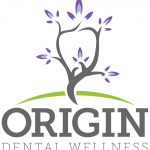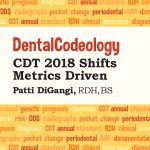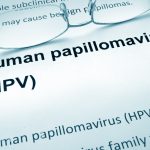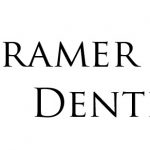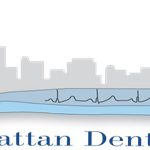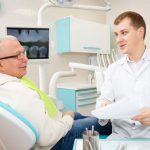
Cost is a consideration for all of us, which we take into account when deciding whether or not to purchase a wide variety of goods and services. Our responsibility as clinicians is to make recommendations to help patients achieve the best health possible, without letting our preconceived ideas about the patient’s ability to afford treatment get in the way – what I refer to as diagnosing the pocketbook. One of the things we do not know and cannot predict is how much value the patient puts on ...
Read More

